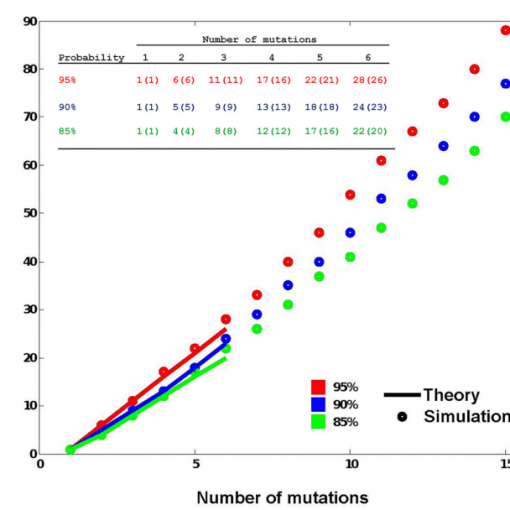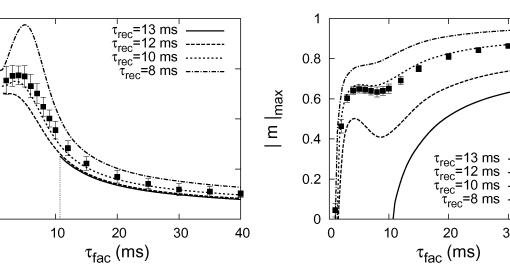A Erramuzpe, GJ Ortega, J Pastor, RG de Sola, D Marinazzo, S Stramaglia and JM Cortes. Redundancy and synergetic circuits in inter-ictal activity of human temporal lobe epilepsy. Society for Neuroscience Annual Meeting 2014.
The use of information theory in neuroscience have allowed to evaluate the interaction between groups of correlated variables, revealing their functional role and underlying circuits capable of processing information (Borst and Theunissen, 1999, Nat Neurosci; Panzeri et al., 1999, Proc Biol Sci; Quiroga and Panzeri, 2009, Nat Rev ). In addition to information storage/coding/decoding, information theory can address whether the interactions between the correlated variables are mutually redundant or synergetic (Schneidman, Bialek and Berry, 2003, J Neurosci; Bettencourt et al., 2007, Phys Rev E). In general, synergy occurs if the knowledge of some variables contributes to predict another variable with more information than the sum of the information provided individually by the variables; redundancy corresponds to situations with the same information being shared by the variables. In particular, the well-known interaction information (McGill, 1954, Psychometrika) applied to triplets quantifies the amount of either redundant (positive interaction) or synergetic information (negative interaction) contained in the triplet; notice that unlike the mutual information, the interaction information can be either positive or negative. We calculated the interaction the information in electricorticography data that have a clinical validation: after resection, no further seizures occurred. Using the pre-surgery data recorded from the epileptic patient and knowing the resection area, we addressed both the functional organization and dynamics of redundancy and synergy near the epileptogenic network (the circuit triggering epileptic seizures). Regarding functional organization, redundancy (corresponding to positive values of interaction information) matched with the resection area, while synergy (negative values) emerged in its surroundings. In relation with dynamics, redundancy had the biggest contribution at higher frequency bands (14-100Hz) whilst synergy was more expressed at very slow frequencies (1-7Hz). Thus, the application of the interaction information to this clinical data unveils new aspects of epileptogenic structure in terms of interaction nature (redundancy vs synergy) and dynamics (fast vs slow rhythms).





